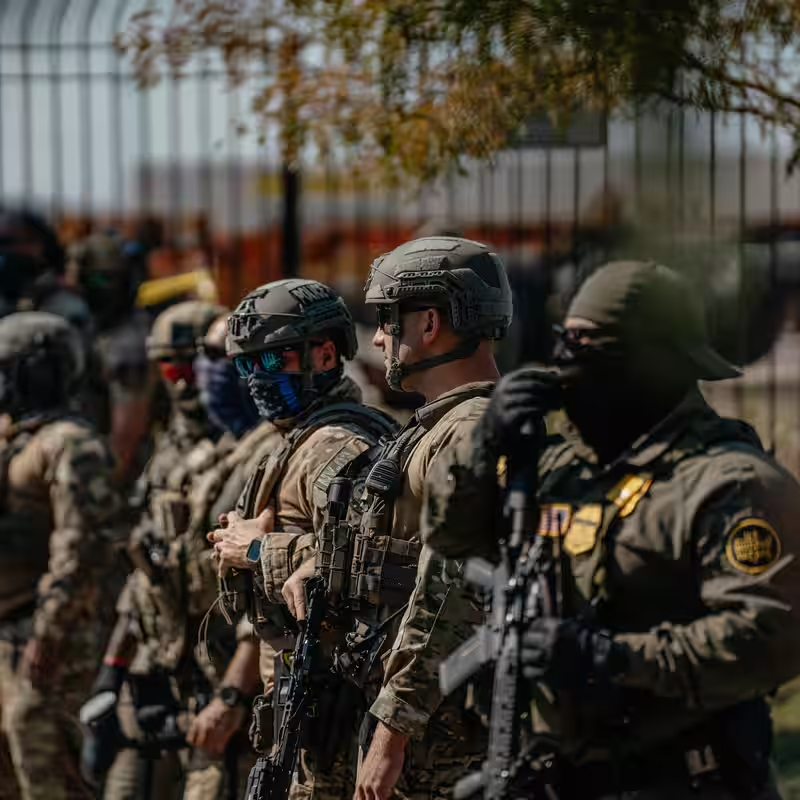Table of Contents
- What Happened in the Chicago Immigration Raid?
- Pritzker’s Fiery Response
- Allegations of Excessive Force
- Federal vs. State: A Growing Divide
- Public and Legal Reactions
- What Happens Next?
- Sources
Chicago Immigration Raid Details Emerge
A recent federal immigration raid at a Chicago apartment building has ignited a firestorm of controversy across Illinois—and beyond. According to multiple eyewitnesses and initial reports, U.S. Immigration and Customs Enforcement (ICE) agents conducted a pre-dawn operation that left residents, including children, traumatized and allegedly restrained in shocking conditions .
The Chicago immigration raid, carried out in the early hours of October 4, 2025, targeted individuals suspected of immigration violations. But what followed, according to local accounts, went far beyond standard procedure.
Pritzker: “They’re Trying to Make Chicago a War Zone”
Illinois Governor JB Pritzker did not mince words. In a press conference on Sunday, October 5, he condemned the raid as “reckless,” “dehumanizing,” and part of a broader federal strategy to “turn our neighborhoods into battlegrounds.”
“When children are found zip-tied—nearly naked—and left without supervision, that’s not law enforcement. That’s terror,” Pritzker stated, his voice trembling with emotion. He announced he had immediately directed multiple state agencies, including the Illinois Department of Children and Family Services and the Attorney General’s office, to launch a full investigation into the incident .
The governor emphasized that Illinois remains a “welcoming state” and vowed to use every legal tool available to protect residents from what he called “militarized immigration tactics.”
Disturbing Allegations Surface
Community advocates and legal aid groups report that during the raid:
- At least three children, ages 5 to 11, were found zip-tied at the wrists
- Adults were reportedly removed without shoes or proper clothing
- No clear warrants were shown to several residents
- Neighbors heard screaming and breaking doors around 4:30 a.m.
While ICE has not yet released an official statement on the specific tactics used, the agency typically defends such operations as “necessary for public safety.” Critics, however, argue that aggressive raids in densely populated urban areas endanger innocent bystanders and erode trust in law enforcement.
Federal vs. State: A Growing Divide
This incident is the latest flashpoint in the escalating tension between sanctuary cities like Chicago and federal immigration authorities. Illinois law limits local cooperation with ICE detainers, and Chicago has long barred police from assisting in civil immigration enforcement.
Pritzker accused the federal government of deliberately targeting sanctuary jurisdictions to “punish” them for upholding local values. “This isn’t about immigration enforcement—it’s about intimidation,” he said.
Public and Legal Reactions Pour In
Civil rights organizations, including the ACLU of Illinois, have demanded an independent federal review. “If these reports are true, this raid violated constitutional protections against unreasonable search and seizure,” said a spokesperson.
Meanwhile, Chicago Mayor Brandon Johnson called the operation “unacceptable” and pledged city resources to support affected families. Local churches and nonprofits have opened emergency shelters and legal aid hotlines.
What Happens Next?
The Illinois Attorney General’s office is expected to release preliminary findings within 72 hours. Federal lawmakers from both parties have called for hearings, though partisan divides remain sharp.
For now, the Chicago immigration raid has become a symbol of the deepening rift between state autonomy and federal power—and a rallying cry for immigrant rights advocates nationwide.




